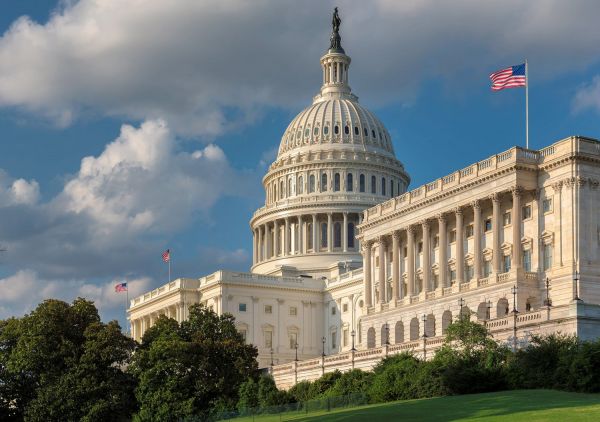WASHINGTON, D.C. – The purpose of the Federal Milk Marketing Order is coming under question during USDA’s hearing. The debate is being watched closely by South Dakota’s dairy industry that led all states in year-over-year milk volume growth, up 18.3%.
That could be problematic for a commodity that is seeing a continual decline in consumption.
Peter Vitaliano with the National Milk Producers Federation told Brownfields Ag News the program is meant to assure that there is an adequate supply of fluid milk and create orderly market conditions.
“The whole purpose of our effort here has been to realign, update, and modernize various aspects of the end product pricing formulas to conform to the current structure of the U.S. dairy industry,” he testifies.
Attorney Chip English, representing the Milk Innovation Group which includes Fairlife, Organic Valley, and others, argues his clients could be disadvantaged by National Milk’s proposals to adjust Class I pricing and raise prices for a product with declining demand.
Vitaliano says the order is not designed to address declining fluid milk consumption which could be problematic in the future.
“If that continues, yes, eventually it will make the current federal orders as they’re structured unworkable starting in the lower utilization orders,” he agrees. “That is something that the industry is aware of and needs to start addressing at some point.”
Vitaliano says he cannot speak to the reasons why it’s been 15 years since milk pricing issues have been raised.
“Basically, we are looking at where we are now and going forward and not being concerned about what happened in the past,” he says.
According to reporting in Brownfield Ag News, experts will be testifying later during the proceedings in central Indiana on behalf of National Milk on how price changes could impact consumption.
National Milk has five proposals up for consideration during the hearing, along with additional proposals by the Wisconsin Cheese Makers Association, International Dairy Foods Association, Select Milk Producers, Inc., Edge Dairy Farmer Cooperative, The American Farm Bureau Federation, and the Milk Innovation Group.












